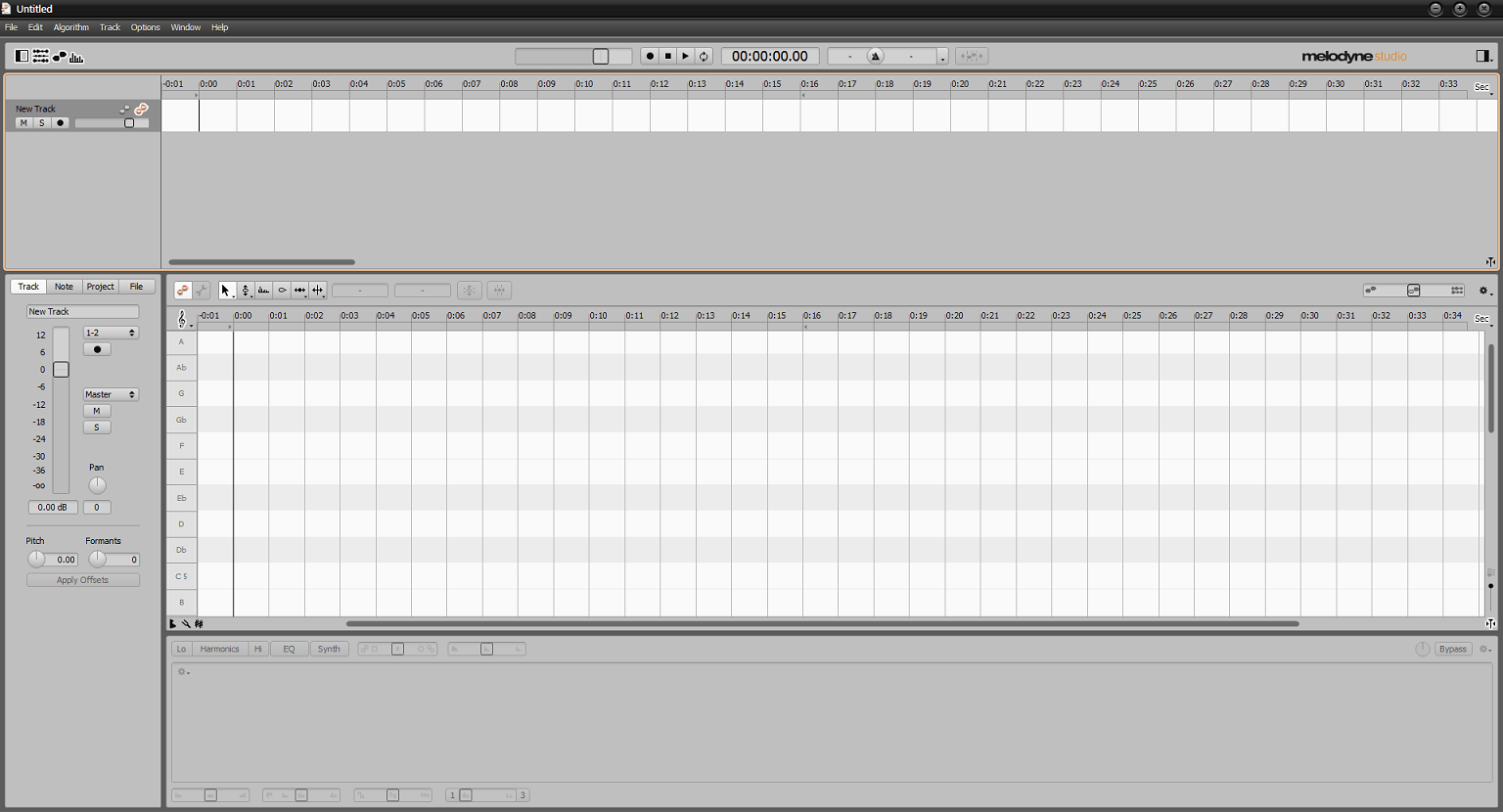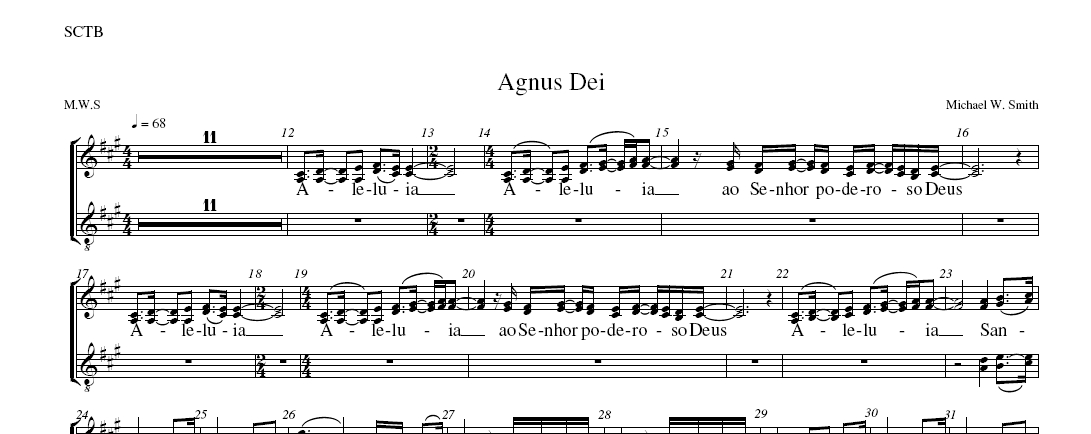

All of these are developer-level primitives, but behind the scenes, they rely on having some state. Perhaps you also want to do distributed caching, have idempotence, or be able to do rollbacks. Maybe you want to manage long-running processes or do temporal scheduling or some cron jobs to run your service periodically. Probably, you need to have the ability to do workflow management. I'm talking more about developer abstractions that behind the scenes rely on the state. When I say state and stateful abstractions, I'm not talking about the actual state management, such as what a database does or a file system. What do you think is the last category? It is state. I would also include here things such as light filtering, that is, when we subscribe to a topic, maybe we are interested only in certain events. Maybe even be able to transform from one data format to another one. Once we have networking, the next thing is we want to have the ability to talk to different APIs and endpoints, i.e., resource bindings - to talk to other protocols and different data formats. Have security in place, and get adequate monitoring, tracing, observability, and all that. Then we want to have an ability to do resilient communication with other systems, whether that is through retries, timeouts, circuit breakers, of course. We want to do traffic shifting, whether for different release strategies or some other reasons. We want to have abilities such as service discovery, load balancing. Once we have an application, we want it to reliably connect to other services, whether within the cluster or in the outside world. These are the very first things you would need to create a distributed application. And be able to place the application on different nodes and do resource isolation, scaling, configuration management, and all of these things. When you write your application in any language, then we want to have the ability to package and deploy that application reliably, to do rollbacks, health checks. What else do we need from the platform from our runtime to build distributed systems? At the foundation, at the beginning is we want some lifecycle capabilities. What I have in mind is we want to create an application or service and write some business logic.


Let's start with the needs of distributed systems. For this talk specifically, I'm looking at the Kubernetes ecosystem and how you can create such a system on the Kubernetes platform.
#Auto tune evo explained rapidshare software
I'm sure you can make such systems using closed source software or create them on AWS and other places.

Moreover, these components can be created in different languages running on hybrid environments and developing open-source technologies, open standards, and interoperability. These components can be stateful, stateless, or serverless. To set a little more context on this talk, when I say distributed systems, what I have in mind is systems composed of multiple components, hundreds of those. We will try to make some predictions about the future. And how those needs have been evolving over the years, starting with monolithic applications to Kubernetes and with more recent projects such as Dapr, Istio, Knative, and how they are changing the way we do distributed systems. To get there, I suggest we look at what are the needs of the distributed systems. You'll find out at the end what I think that will be. First, I want to start with a question, what comes after microservices? I'm sure you all have an answer to that, and I have mine too. At the QCon in March, I gave a talk on the evolution of distributed systems with Kubernetes.


 0 kommentar(er)
0 kommentar(er)
